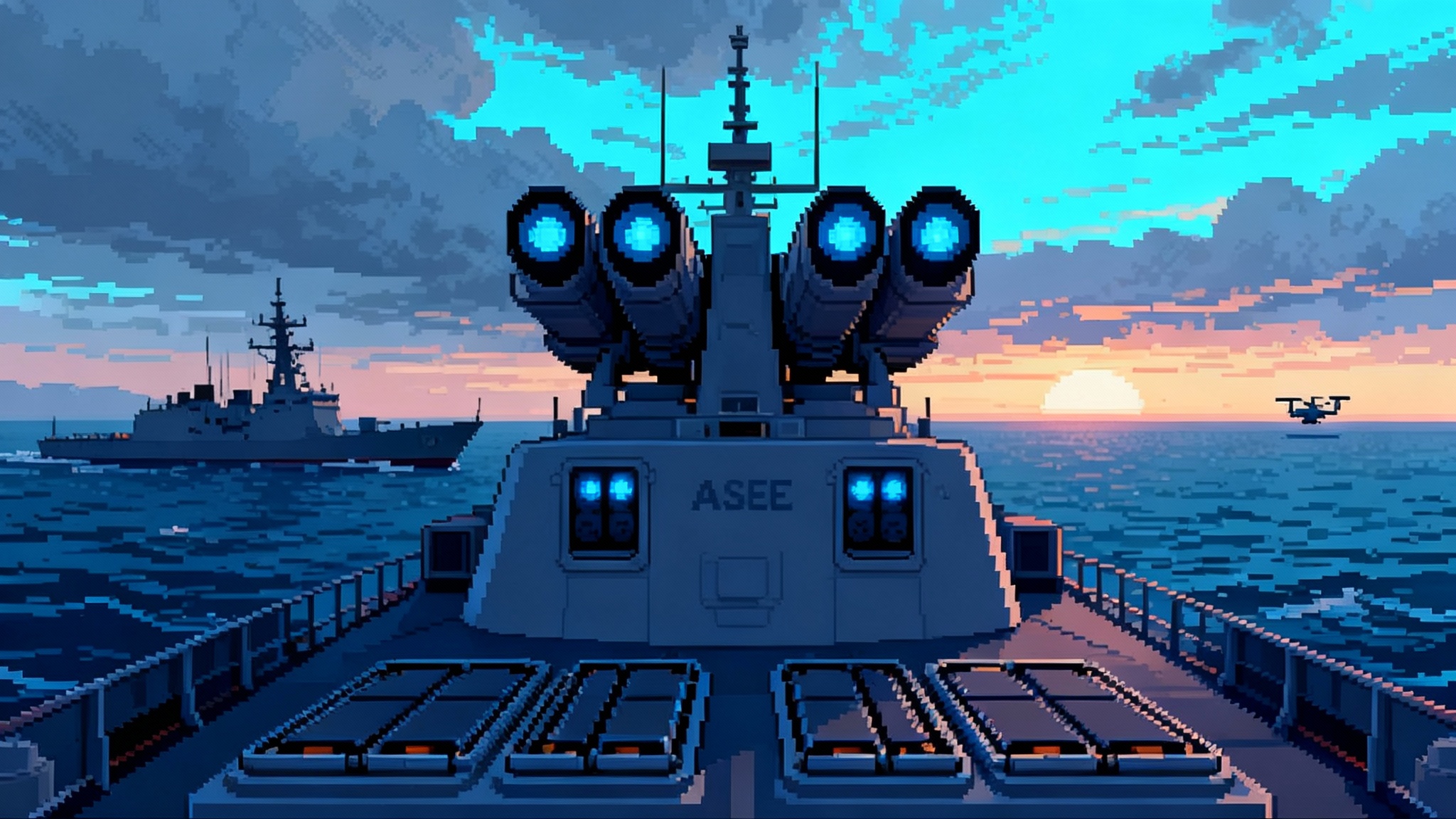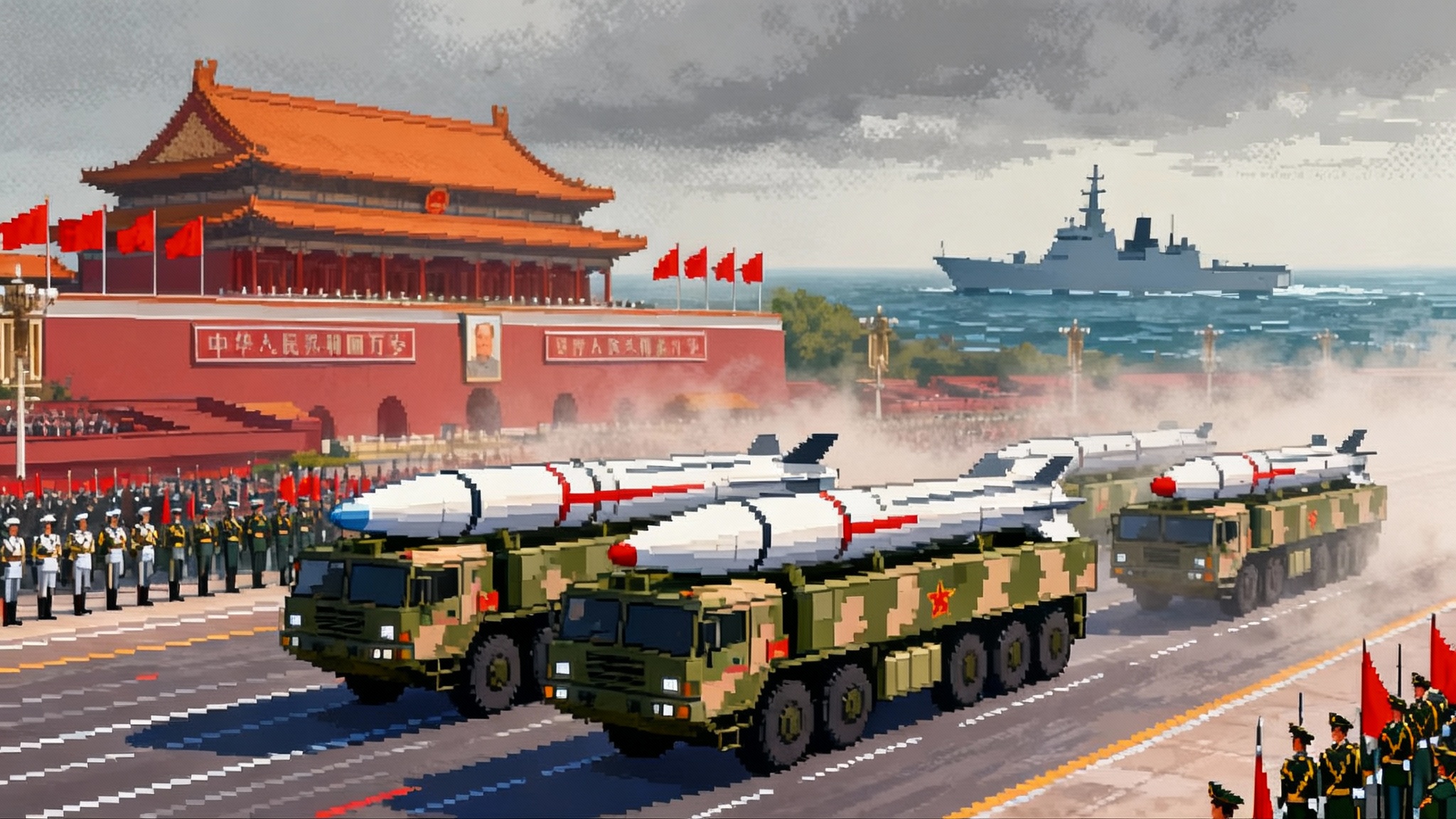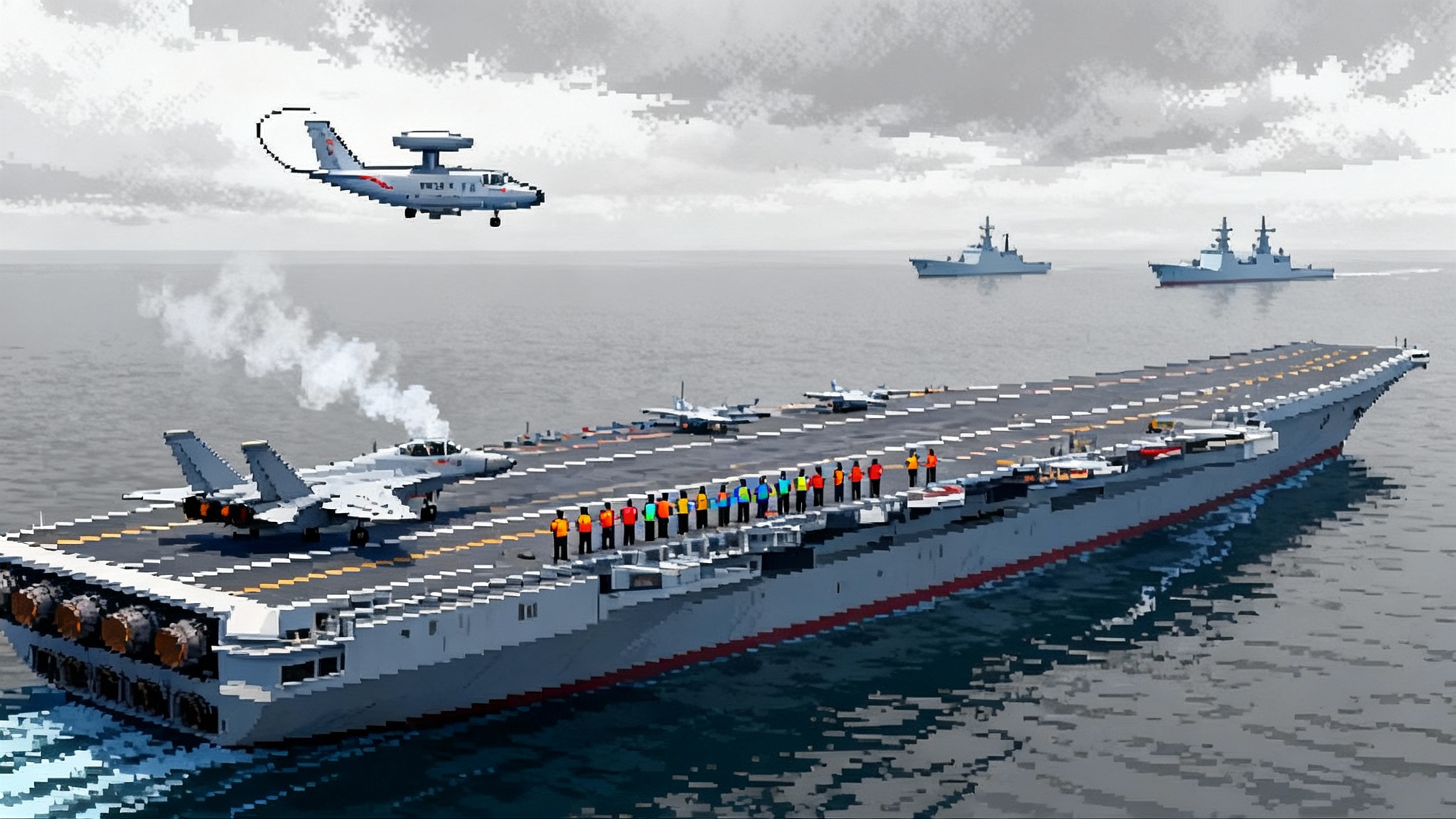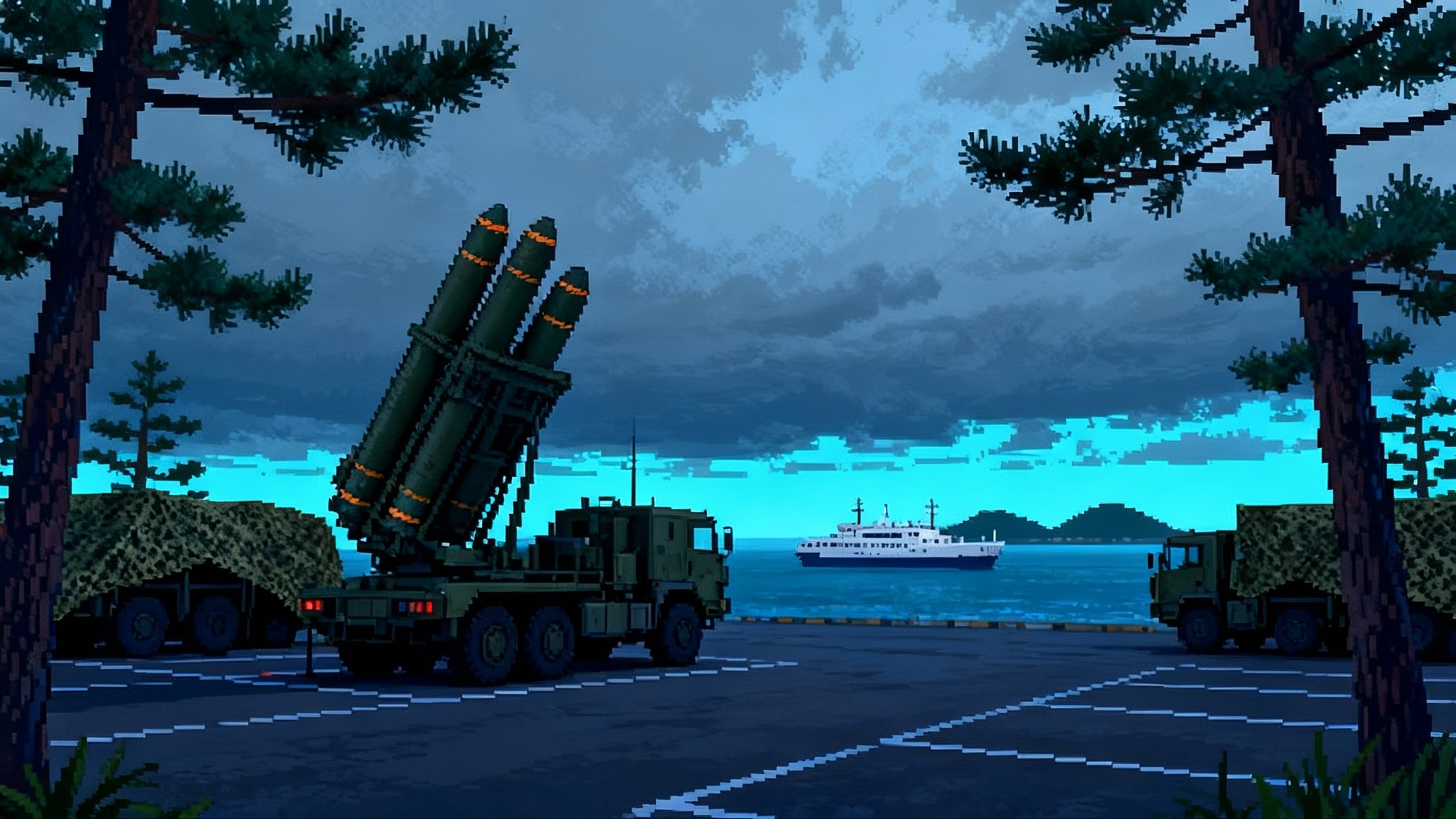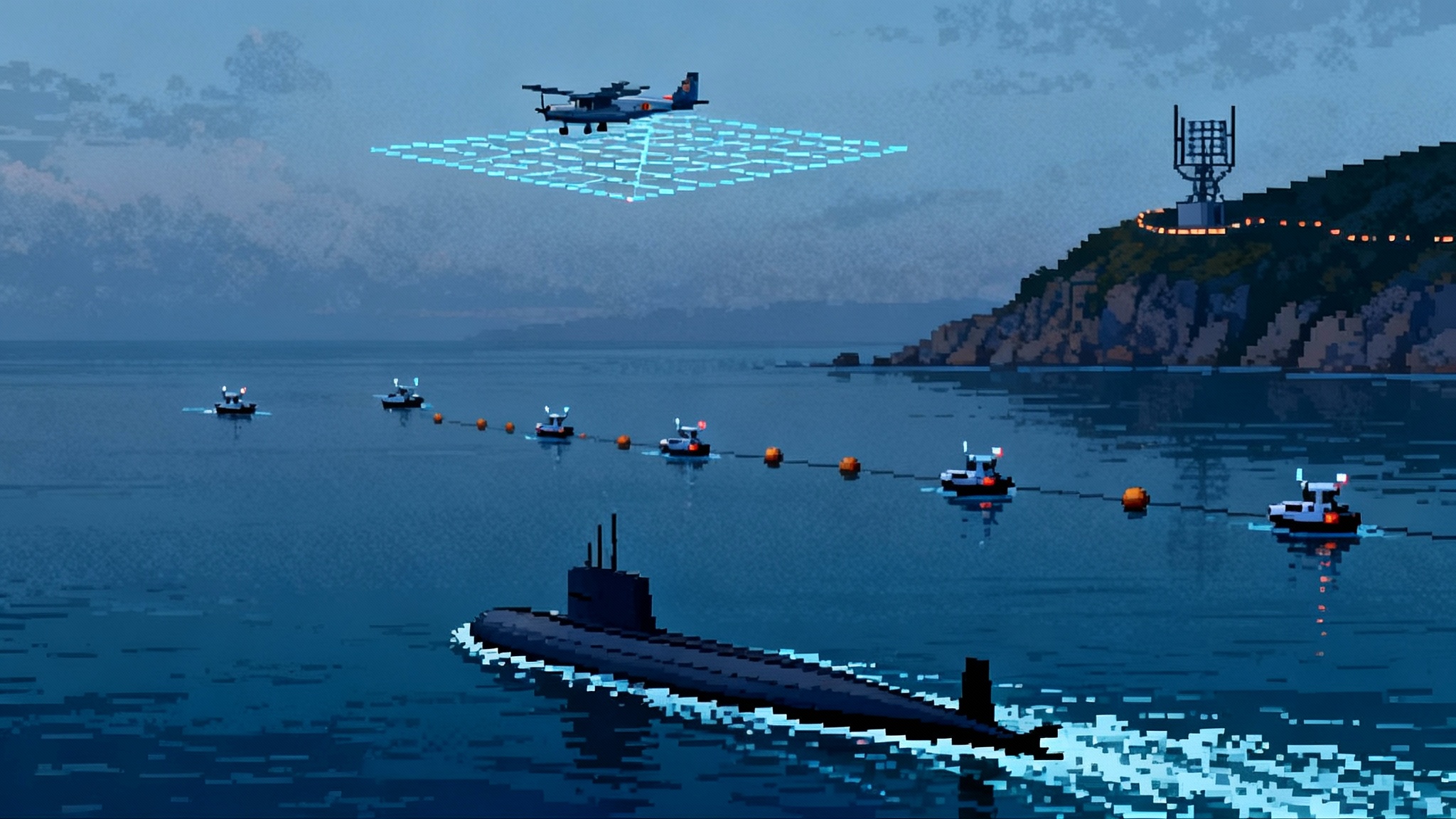Inside Boeing’s F‑47 NGAD and the Manned Unmanned Air Stack
Boeing’s F‑47 win on March 21, 2025 reset the air superiority race. This deep dive shows how an open architecture fighter, teamed with Collaborative Combat Aircraft and adaptive propulsion, could redefine U.S. power and the defense industrial base through the 2030s.
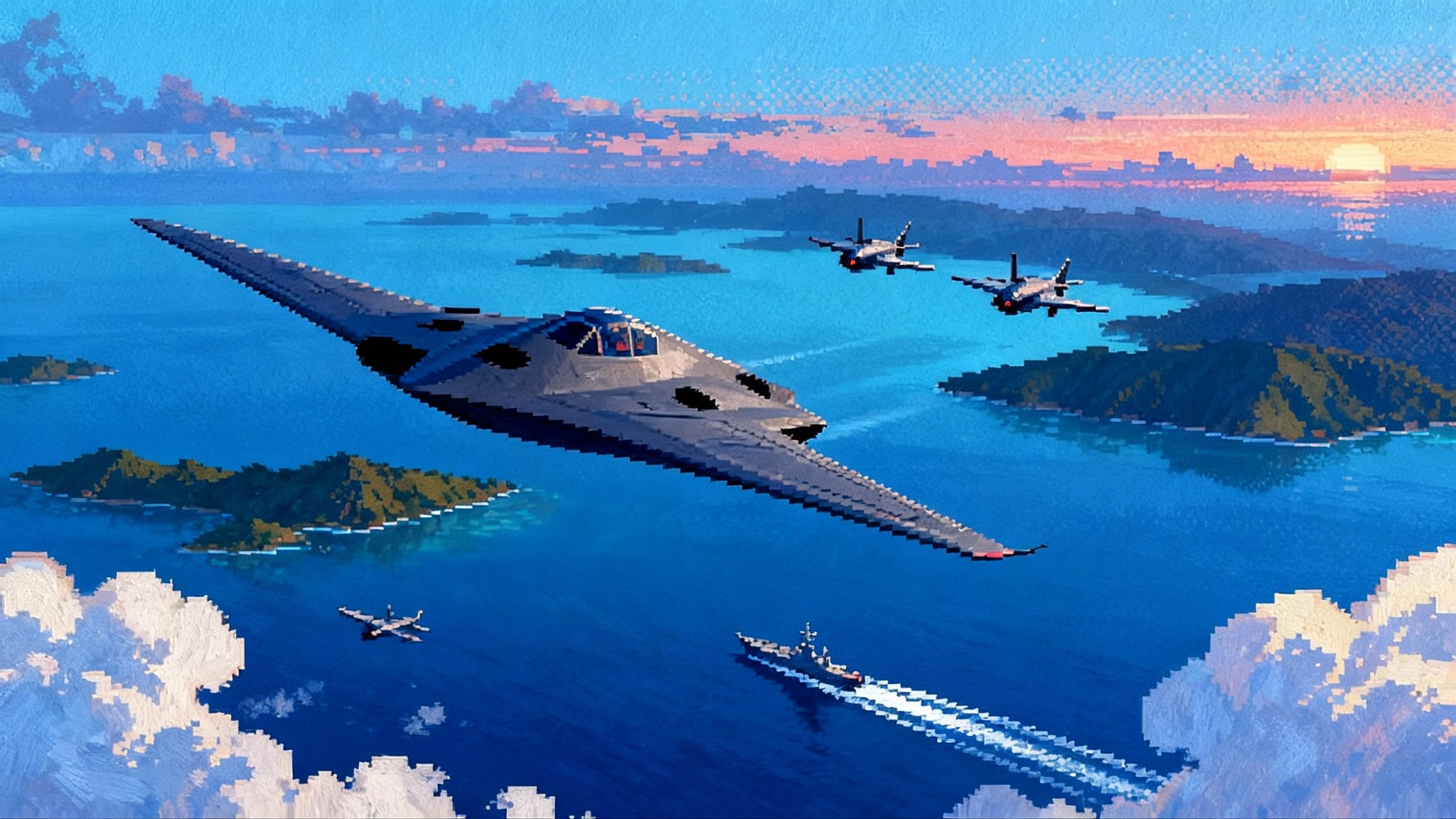
The day the future tilted
On March 21, 2025 the U.S. Air Force selected Boeing to build its Next Generation Air Dominance fighter, designated F‑47. The award ended years of speculation and moved the sixth generation concept from slides to steel. The decision signaled a gamble on an open architecture, human machine team that can scale and adapt faster than any previous air dominance program. It also affirmed a bet that pairing a crewed stealth jet with a family of Collaborative Combat Aircraft would change how America fights and how America buys. For the Air Force, this is about restoring and sustaining advantage against a peer adversary through the 2030s. For industry, it is about who can integrate, iterate, and deliver at speed. For strategy, it is about deterring China in the Western Pacific with mass that thinks, reaches, and survives. The stakes are obvious, the path is not.
The award itself is a watershed. It set Boeing as prime for the core aircraft and established the F‑47 as the hub of a new air dominance stack. Early reporting captured the scope and surprise of the decision, including the emphasis on open systems and rapid teaming with autonomous aircraft, as noted in this Defense News coverage.
What sixth generation means in practice
Sixth generation is not a single attribute. It is a blend of attributes, orchestrated by software and powered by adaptive propulsion.
- Range at scale: The F‑47 must push deep into the Pacific with useful payload and sensor reach. That means low observable design optimized for broadband threats, generous internal fuel, and heavy emphasis on thermal management to support high power sensors and electronic warfare.
- Sensing and deciding: Instead of one giant sensor, the aircraft will fuse inputs from on board arrays, edge processors carried by CCAs, and offboard ISR sources. Open mission systems will let sensors and apps join or leave the network with minimal friction.
- Teaming by design: The F‑47 is expected to control or collaborate with several CCAs. Some will scout, some will jam, some will carry weapons. The pilot is a mission commander, not a single ship dogfighter.
- Survivability in a contested spectrum: The aircraft must be quiet in radio frequency and infrared, yet loud when it wants to deceive. Expect conformal apertures, agile beam control, and a deep playbook of adaptive EW techniques.
- Software as a weapon: Containerized mission apps, rapid cyber hardening, and continuous integration pipelines will turn tactics into code and code into combat power.
Open architecture as the center of gravity
The Air Force has demanded Modular Open Systems Approach for years, but NGAD elevates it from compliance to combat advantage. If the F‑47 is a smartphone, mission systems are apps and the CCAs are peripherals that add sensors and effectors on demand. The most important traits are:
- Stable interfaces, flexible internals: Open Mission Systems standards and robust data rights allow the government to swap radar processors, EW techniques, or autonomy stacks without breaking the rest of the jet.
- Payload over platform: Value shifts toward mission kits that can be upgraded annually, not airframes updated once a decade.
- Competitive insertions: Vendors can compete module by module. That should reduce lock in and spread opportunities across the industrial base.
The risk is integration drag. Every interface is a promise that must be kept through version changes, cyber patches, and field modifications. The program will need an empowered architecture authority, aggressive configuration control, and a disciplined integration cadence, or the benefits of openness will collapse under their own weight.
Collaborative Combat Aircraft as force multiplier
CCAs give the F‑47 mass and options. Think of them as modular teammates rather than loyal wingmen. Some will be survivable and expensive, others more attritable and numerous. The building blocks include:
- Sensor outriggers: Forward or flanking CCAs extend the F‑47’s eyes and ears. They can carry wide area IR, passive RF, or synthetic aperture radar to map threats from safer vantage points.
- Decoy and deception: Disposable platforms can saturate adversary radars and complicate targeting with signatures and electronic tricks.
- Weapons trucks: CCAs can push forward or hang back with additional AIM‑260 class missiles, stand in jammers, or long range strike payloads. The F‑47 preserves low observability while offloading volume weapons to its teammates. For context on the missile envelope, see how AIM‑260 rewrites the outer air fight.
- Autonomous reconstitution: If the network is degraded by jamming, CCAs must degrade gracefully and continue the plan based on intent and timing cues, then rejoin when links recover.
The near term reality is mixed fleets. Early F‑47 units will likely operate with Increment 1 CCAs that focus on carriage, ISR, and limited EW. More advanced autonomy and cooperative electronic attack should arrive later in the decade as software and test cases mature. The Air Force will also need ground crews, data links, and maintenance concepts that treat CCAs as consumable in a campaign, not museum pieces.
Adaptive propulsion as the range and power engine
The Western Pacific is a tyranny of distance. Adaptive cycle engines promise the range and thermal headroom a sixth generation jet requires. By varying bypass ratios on the fly, they can deliver fuel efficiency in cruise and power in combat. Just as important, they can dump heat generated by sensors and processors without giving away the aircraft’s infrared signature. Those features matter more when the fighter becomes a networked node hosting high power radar, EW, and battle management functions.
For the F‑47, adaptive propulsion will shape tactics and basing. More range can reduce the number of tankers needed, and more electrical power can support future directed energy payloads or advanced jammers. The propulsion roadmap must align with airframe and software timelines, which is easier said than done. Engine development cycles are long, test cells are scarce, and supply chains for high temperature materials remain fragile.
A realistic timeline from award to combat power
The calendar matters. Schedules drive choices in design, testing, and fielding. Based on typical EMD pacing, the following sequence is plausible if the program hits its marks.
- 2025 to 2026: System Requirements Review and architecture baseline. Initial software stacks for avionics and vehicle systems mature in the lab. Boeing refines the digital twin, locks major suppliers, and starts long lead procurement.
- 2026 to 2027: Critical Design Review. Mission systems labs integrate radar, EW, and fusion kernels against high fidelity threat models. Early CCA autonomy packages run in hardware in the loop benches connected to the F‑47 mission computer environment.
- 2028: First flight of the F‑47 EMD jet with baseline sensors powered on. Envelope expansion follows at a dedicated test wing. Parallel ground testing qualifies adaptive engine hardware for flight.
- 2029: Weapons separation testing with AIM‑260 class air to air missiles. Early teaming flights with two CCAs validate basic control, deconfliction, and loss of link behaviors. Software iteration tempo increases as flight test exposes edge cases.
- 2030 to 2031: Operational assessment. First deployable mission systems baseline reaches stability. Electronic attack effects are validated with joint ranges and partners. Initial austere base exercises align with Agile Combat Employment concepts.
- 2032: Initial Operational Capability for a first squadron with limited CCA integration. Tactics mature around long range counter air, anti AWACS, and counter ISR missions.
- 2033 to 2035: Full spectrum teaming. F‑47 units employ mixed CCA packages for sensing, deception, and weapons. Software releases deliver autonomy improvements and new electronic techniques each quarter.
Reality will bite. Weather, supply chains, and software complexity will slip individual gates. The test community will need patience and ruthless triage, with leadership protecting destructive testing and honest reporting. The goal is not a perfect first release, it is a stable cadence that steadily expands capability.
Integration paths that matter most
- CCA control and intent: The F‑47 cockpit must present clear controls and visualizations for multiple CCAs without saturating the pilot. Expect a concept that assigns goals and constraints rather than joystick style commands. The human sets objectives, the autonomy solves the path.
- Electronic warfare choreography: Coordinated jamming and sensing across crewed and uncrewed nodes is a heavy lift. Timing, geo location accuracy, and real time deconfliction will define success.
- Weapons and sensor fusion: The fusion engine must handle data pedigree, latency, and deception. Confidence scoring and explainable recommendations will help pilots trust machine suggestions in the heat of battle.
- Secure, resilient links: Line of sight and beyond line of sight links must adapt to contested spectrum conditions. The program will need push to talk style fallbacks, burst transmissions, and smart radio silence. The emerging SDA Tranche 1 transport mesh is an example of how resilient architecture can help close kill chains.
- Logistics and sustainment: CCAs cannot demand fighter level care. The wing will need containerized support kits, modular line replaceable units, and a data pipeline that keeps autonomy models current without choking networks.
Procurement, budgets, and how to avoid the usual traps
The Air Force wants speed, flexibility, and competition. That requires procurement that matches the software heavy reality of sixth generation.
- Modular competitions: Compete mission systems and autonomy packages on a two to three year rhythm. Let multiple vendors field software through a government controlled app store once they pass cyber and safety gates.
- Data rights with teeth: Government purpose rights over critical interfaces, telemetry, and models are essential. Without them, the promise of competition collapses.
- Color of money alignment: Stable funding for software development and operations is as important as airframe procurement. Continuous integration demands reliable operations and maintenance money, not just research spikes.
- OTA and production discipline: Other Transaction Authority can speed early work, but production needs mature contracts with clear incentives for reliability and cost. Use OTA for software modules and experimentation, then shift to production contracts as modules stabilize.
- Sustainment by design: Digital twins and predictive maintenance models can cut downtime and cost, but only if telemetry flows, cyber is strong, and feedback loops are real. Bake sustainment metrics into award fees from day one.
The defense industrial base reshaped
Boeing’s prime role on the F‑47 will ripple across partners and competitors. The effects will likely include:
- Two strong primes in fighters: Boeing and Lockheed Martin will both sit at the top of modern tactical aviation, which is good for competition. Northrop Grumman will remain central through sensors, mission systems, and perhaps a CCA line.
- Engine duopoly extended: Adaptive propulsion keeps General Electric and Pratt and Whitney fully engaged. The Air Force can reduce risk by funding parallel test articles to preserve options into production.
- A wider tier of mission system players: Autonomy, EW techniques, and sensor payloads will invite software forward companies into the mix. Traditional defense electronics firms will compete with new entrants that can move fast on AI and user experience.
- New manufacturing and test capacity: Composite structures, advanced coatings, and engine materials need investment. Test ranges must handle swarms of CCAs and complex EW scenarios. Without more capacity, the schedule will suffer.
The big risk is concentration. If only a few firms can clear cyber, safety, and data rights hurdles, the open architecture could narrow rather than expand the ecosystem. The government will need to invest in reference architectures, shared tools, and onboarding pipelines that lower the barrier to entry while protecting security.
Risk ledger: what can break and how to hedge
- Software integration overload: Too many moving parts can stall flight test. Hedge with a stable core mission baseline, version pinning for key interfaces, and a rolling integration window that limits last minute changes.
- Autonomy validation: Proving negative behaviors is hard. Build a library of adversarial scenarios and require CCAs to demonstrate safe degradation when sensors lie or links fail. Use independent red teams to attack models before the enemy does.
- Concurrency between engine and airframe: If adaptive engines lag, the jet risks early blocks with interim powerplants and painful upgrades. Fund flight clearance in parallel and protect engine test assets from budget churn.
- Supply chain fragility: High temp alloys, radar absorbers, and microelectronics are brittle lines. Qualify second sources early and stockpile critical materials.
- Cost creep: The enemy is the unit flyaway price compounded by software sustainment. Watch cost per effect instead of sticker price, and be honest about how much autonomy displaces crewed aircraft in a package.
China deterrence: credible power in the Western Pacific
Deterrence is about convincing Beijing that a first move would fail or cost too much. The F‑47 stack contributes in several concrete ways.
- Kill the kill chain: The fastest way to protect forward bases and carriers is to break Chinese long range targeting. Stealthy counter air and anti ISR missions will go after KJ‑500 and future sensor aircraft, space links, and maritime patrol nodes. CCAs push the fight forward with risk that a single crewed jet cannot take, while the United States fields space and airborne meshes like the SDA Tranche 1 transport mesh.
- Reach with survivability: Adaptive engines and low observability let the F‑47 hold targets at risk across the First and Second Island Chains while minimizing tanker exposure. CCAs extend this reach with weapons and decoys that complicate PLA air defenses. This helps offset Beijing’s maturing anti access network, including Beijing’s new hypersonic A2/AD edge.
- Mass without fragility: Attritable CCAs absorb early losses and keep pressure on defenses. The mix of crewed and uncrewed assets gives commanders more options for shaping and deception.
- Campaign endurance: Open architecture shortens upgrade cycles. The United States can respond to PLA counters with software, not just new airframes, which is a deterrent in its own right.
Deterrence also depends on allies. The F‑47 will need to plug into coalition C2, and partners will likely fly their own CCAs. Interoperability standards, data exchange agreements, and joint exercises are not side tasks. They are core to a credible deterrent posture.
What to watch between now and IOC
- First flight by 2028: Early taxi tests and engine runs will foreshadow whether the schedule is real. A 2028 first flight keeps a 2032 IOC in play.
- CCA autonomy demos at squadron scale: Watch for exercises that fly four or more CCAs per F‑47 surrogate and measure mission outcomes, not just formation pictures.
- Adaptive engine test milestones: Look for full scale engine tests that demonstrate thermal management under representative electrical loads, not just thrust numbers.
- Open architecture insertions: The real tell is third party modules entering the baseline within two years of award. If only the prime’s modules get in, openness is lagging.
- Range and sustainment investments: New test ranges, EW infrastructure, and CCA maintenance lines indicate the Air Force is building the ecosystem, not just the airplane.
The bottom line
Boeing’s F‑47 win is more than a new fighter. It is a system bet on openness, autonomy, and propulsion that can scale combat power across a theater defined by distance and denial. The technology is ready enough, the need is urgent, and the program has a plausible path if leaders protect architecture, test honestly, and buy for software speed. If the team hits its stride, the United States will enter the 2030s with a crewed stealth commander flanked by smart, replaceable teammates and powered by engines that turn distance into options. That is how you deter without firing, and how you prevail if you must.

